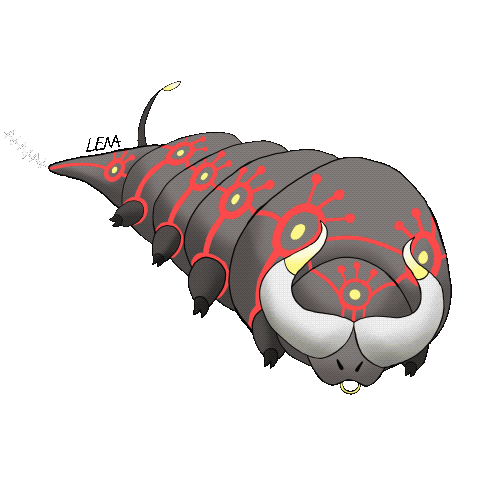Primary Types
Trojan-Type Malmons
Characteristics: Masters of deception and disguise
- Strengths: Evade traditional security defenses, appear legitimate to users
- Common Behaviors: Masquerade as software updates, hide in trusted processes
- Weaknesses: Vulnerable to behavioral analysis and runtime monitoring
- Examples: GaboonGrabber, FakeBat
Worm-Type Malmons
Characteristics: Rapid network propagation specialists
- Strengths: Self-replicating, can spread without user interaction
- Common Behaviors: Exploit network vulnerabilities, lateral movement
- Weaknesses: Contained by network segmentation and traffic monitoring
- Examples: WannaCry, Code Red, Raspberry Robin
Ransomware-Type Malmons
Characteristics: Data hostage specialists
- Strengths: High impact through data encryption, direct financial motivation
- Common Behaviors: File encryption, demand payments, deadline pressure
- Weaknesses: Defeated by comprehensive backup strategies and network isolation
- Examples: LockBit, WannaCry (hybrid type)
Rootkit-Type Malmons
Characteristics: Deep system infiltration experts
- Strengths: Hide at system level, difficult to detect, maintain persistence
- Common Behaviors: Modify system components, evade detection tools
- Weaknesses: Exposed by forensic analysis and integrity checking
- Examples: Stuxnet (hybrid), advanced persistence mechanisms
APT-Type Malmons (Advanced Persistent Threat)
Characteristics: Long-term stealth operations
- Strengths: Patient, sophisticated, well-resourced attacks
- Common Behaviors: Slow progression, intelligence gathering, target research
- Weaknesses: Vulnerable to threat intelligence and behavioral analysis
- Examples: Stuxnet, Noodle RAT, Gh0st RAT
Infostealer-Type Malmons
Characteristics: Data harvesting specialists
- Strengths: Targeted data collection, credential theft
- Common Behaviors: Monitor user activity, harvest passwords, collect sensitive data
- Weaknesses: Defeated by encryption and access controls
- Examples: Noodle RAT, PoisonIvy

